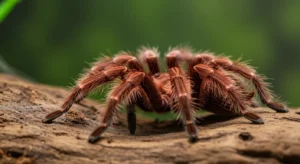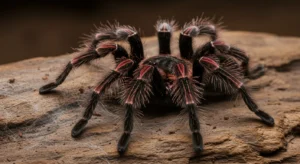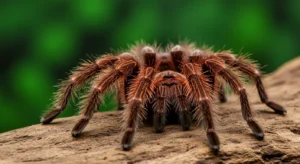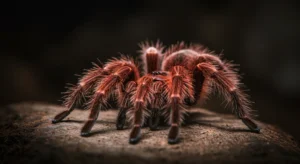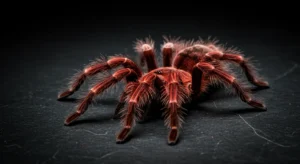Handling Your Chilean Rose Tarantula: Dos and Don’ts for a Stress-Free Experience
Should You Handle Your Tarantula?
This is one of the most debated topics in the tarantula keeping hobby. While Chilean Rose Tarantulas (*Grammostola rosea*) are often cited as being docile and handleable, it’s crucial to understand that handling offers **no benefit** to the tarantula itself. Tarantulas are not social animals and do not crave human interaction or affection. Handling is purely for the keeper’s benefit or curiosity and always carries risks for both the spider and the handler.
Generally, it’s recommended to handle your tarantula as little as possible, ideally only when necessary for enclosure maintenance or health checks.
Risks of Handling (to the Tarantula)
- Falls: This is the biggest danger. Tarantulas, especially heavy-bodied species like the Chilean Rose, are extremely fragile. A fall from even a short height (a foot or two) can rupture their abdomen, which is almost always fatal.
- Stress: Being picked up and moved is an unnatural and stressful situation for a tarantula. Chronic stress can negatively impact their health and behavior.
- Injury: Accidental squeezing or dropping can cause significant injury.
Risks of Handling (to the Handler)
- Bites: While Chilean Roses are typically reluctant to bite, any animal with fangs *can* bite if it feels threatened or provoked. Their venom is generally considered mild, often compared to a bee sting, causing localized pain, swelling, and redness. However, some individuals may have allergic reactions.
- Urticating Hairs: New World tarantulas like the *G. rosea* possess urticating hairs on their abdomen. When threatened, they can kick these tiny, barbed hairs into the air. These hairs can cause significant itching, rashes, and irritation if they land on skin. If inhaled, they can irritate respiratory passages, and if they get in the eyes, they can cause serious inflammation and require medical attention. Understanding the potential [urticating hairs tarantula reaction](https://www.lopehare.com/tarantula-medical-information/) is important for any handler.
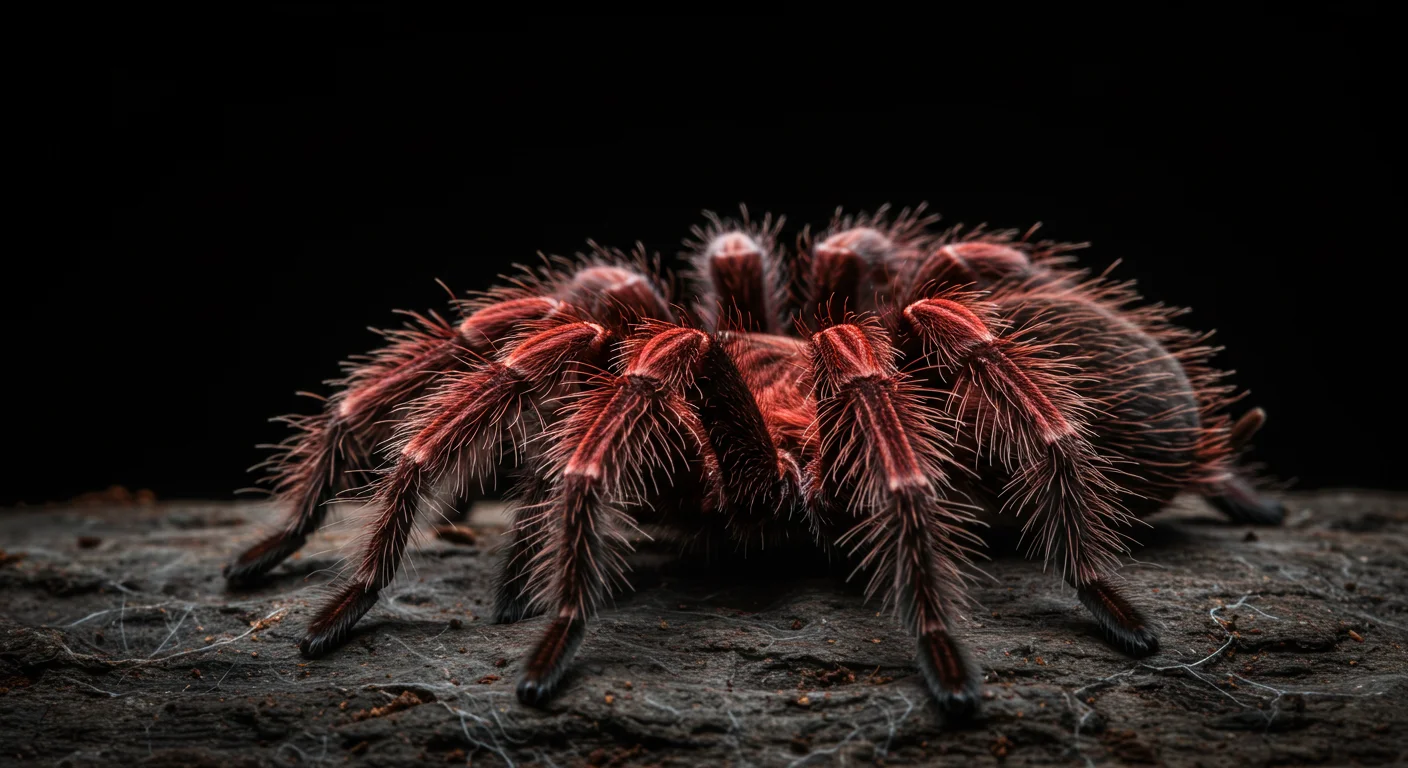
Safe Handling “Dos” (If Necessary)
If handling is absolutely unavoidable (e.g., for rehousing), follow these steps to minimize risk:
- Stay Calm: Tarantulas can sense vibrations and jerky movements. Be slow, calm, and deliberate.
- Work Low: Always handle the tarantula over a soft surface (like a bed or carpet) and keep your hands very close to that surface (inches, not feet). This minimizes the potential fall distance.
- Use the “Hand Treadmill”: Gently nudge the tarantula’s rear legs/abdomen with a finger or soft brush to encourage it to walk onto your flat, open palm. Let the spider walk from one hand to the other as needed.
- Know Escape Routes: Be aware that the tarantula might suddenly bolt. Be prepared to gently corral it without grabbing.
- Wash Hands: Wash hands before and after handling to remove any potential irritants or contaminants.
Learning how to safely pick up Chilean rose tarantula specimens involves patience and understanding their behavior.
Handling “Don’ts”
- Don’t Force It: Never grab, pinch, or restrain the tarantula. If it exhibits defensive behavior (rearing up, showing fangs, kicking hairs), do not attempt to handle it.
- Don’t Handle After a Molt: Wait at least 1-2 weeks after a molt for the exoskeleton to fully harden.
- Don’t Handle High Up: Never hold the tarantula while standing or walking around.
- Don’t Allow Others (Especially Children) to Handle: Unless they are experienced and understand the risks and proper techniques, it’s best to avoid letting guests or children handle your tarantula.
- Don’t Breathe Heavily On It: Your breath can be perceived as a threat (like a large predator).
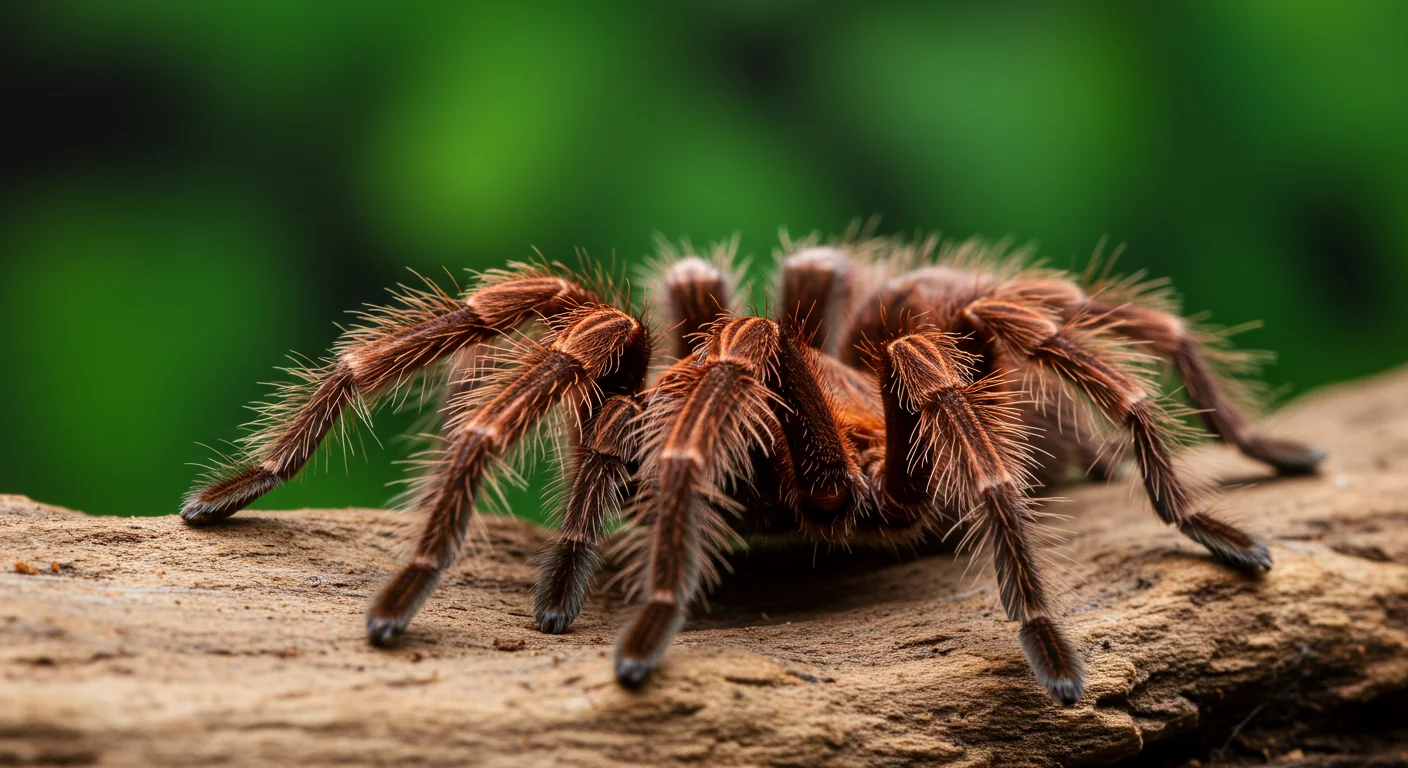
Alternatives to Handling
For tasks like rehousing or temporary removal:
- Catch Cup Method: Place a clear container (like a deli cup or plastic tub) slowly over the tarantula. Gently slide a piece of stiff cardstock or thin plastic underneath to secure the spider inside. This is the safest method for moving a tarantula.
- Nudging: Use a soft paintbrush or straw to gently guide the tarantula into a catch cup or its new enclosure.
Observation is Key: Enjoying your tarantula often means simply observing its natural behaviors within its enclosure. This is stress-free for the spider and still rewarding for the keeper.
Conclusion
Handling a Chilean Rose Tarantula should be approached with caution and respect for the animal. While they are known for being calmer than many species, handling always presents risks, particularly the danger of falls. Prioritize your tarantula’s safety and well-being by minimizing handling and using safer alternatives like the catch cup method whenever possible. Remember, a happy tarantula is usually one left undisturbed in its secure environment.
Behavioral information based on common practices within the arachnid keeping community and observations of tarantula defensive mechanisms.



